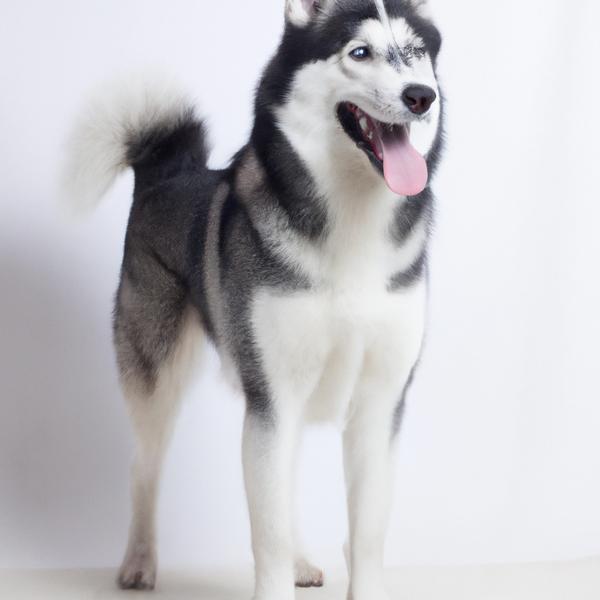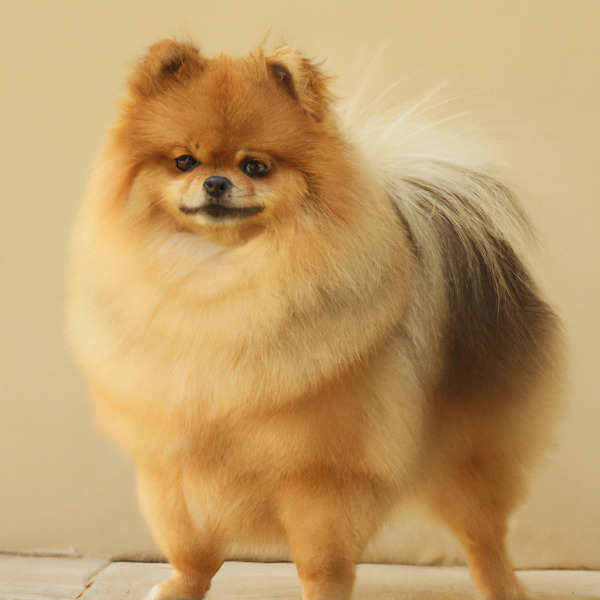Husker vs. Pomeagle: Breed Differences and Similarities
Hypoallergenic
Are Huskers or Pomeagles hypoallergenic, or neither?
Unfortunately, neither Husker nor Pomeagle are hypoallergenic, which may not make them the best choice for dog lovers who suffer from pet allergies.
Temperament
What are the personalities of Husker and Pomeagle dogs?
Playful
Energetic
Alert
Intelligent
Confident
Friendly
Outgoing
Loyal
Gentle
Fearless
Brave
Bright
Affectionate
Smart
Stubborn
Alert
Shedding Level
Do Huskers shed more than Pomeagles, or which breed sheds more, Huskers or Pomeagles?
Husker or Pomeagle dogs are heavy shedders, they will lose a significant amount of hair each year. To decrease the amount of shedding, you can regularly brush your Husker or Pomeagle. This will remove loose hair and keep their coat growing in the same direction.
Ancestry
What are the origins of Husker and Pomeagle breeds?
Siberian Husky and Boxer
Pomeranian, Beagle
Date of Birth
When were Husker and Pomeagle breeds first developed?
Unknown
Eye Color Possibilites
What are the eye colors of Husker and Pomeagle dogs?
Blue
Brown
Brown
Amber
Nose Color Possibilites
What are the natural nose colors of Husker and Pomeagle?
Black
Black
Brown
Coat Color Possibilites
What are the natural colors of the coat for Husker and Pomeagle breeds?
Black
Gray
White
Brown
Fawn
Brown
Red
Fawn
White
Brindle
Black
Sable
Coat Length
What is the typical coat length for Husker and Pomeagle breeds?
The coat of Husker and Pomeagle dogs falls in the medium-length category.
Coat Density
What is the density of the coat of Husker and Pomeagle?
Coat Texture
What is the hair texture of Husker and Pomeagle?
Straight
Litter Size
What is the usual litter size for Husker and Pomeagle?
A Husker can have a litter of 2-10 puppies on average. However, it's worth noting that the size of the litters can vary greatly. Factors that can influence litter size include the health of the mother, breeding history, and genetics.
A Pomeagle can have a litter of 12-15 puppies on average. However, it's worth noting that the size of the litters can vary greatly. Factors that can influence litter size include the health of the mother, breeding history, and genetics.
Adaptability
Huskers are highly adaptable and versatile, making them excellent companions for families and individuals of all lifestyles.
Pomeagles have average adaptability to changes in lifestyle and living environments compared to other breeds.
Health Issues
Between Husker and Pomeagle, which breed is more prone to health problems?
Husker and Pomeagle breeds are generally considered to be healthy. However, like all breeds, they are susceptible to certain health issues and it is important to keep an eye out for them and address them with your veterinarian as needed.
Major Concerns
What are the major health concerns for Husker and Pomeagle breeds?
Hip Dysplasia
Patellar Luxation
Canine Hip Dysplasia
Epilepsy
Hypothyroidism
Invertebral Disc Disease
Minor Concerns
What minor health issues should be kept in mind when owning Husker and Pomeagle?
Cancer
Corneal Dystrophy
Canine Glaucoma
Ear Infections
Eye Problems
Occasional Tests
What occasional tests are recommended for Husker and Pomeagle breeds?
X-Rays
Eye Examination
Physical Examination
Blood Tests
CT or MRI scan
Blood Electrolytes
Spinal Tap
Ear Tests and Myringotomy Tests
Complete Physical Examination
Full Chemistry Panel Tests and Blood Count
Skin Scrapings and Biopsies
X-rays or other radiographic imaging
Blood Glucose Level Testing
Eye and Otoscopic Examination
Social Needs
Husker vs Pomeagle social needs comparison
Husker has above average social needs and thrives with interaction with humans and other dogs.
Pomeagle has very high social needs and requires regular mental and physical stimulation, a job or purpose, and companionship.
Sleeping Need
Which of the two sleeps the most/least: Husker or Pomeagle?
Huskers are active and require sufficient sleep to stay healthy.
Pomeagles sleep less than other breeds but still need adequate sleep for good health.
Mouthiness
Mouthiness Comparison: Husker vs Pomeagle?
Roaming urge
Husker vs Labrador: Running away tendency?
Prey Drive
Husker or Pomeagle - which breed has a higher level of prey drive?
Activity Level
Which breed has higher energy, Huskers or Pomeagles?
Huskers are high-energy dogs. They need mental as well as physical exercise. These dogs require a lot of your involvement and without it they can, and will, become problematic dogs.
Pomeagles are medium-energy dogs and typically enjoy socializing and playing casual or even sustained games of chase with other dogs. They may also have occasional periods of barking or racing around the house.
Tolerance of being left alone
Walks per Week
How many miles should Husker or Pomeagle walk each week?
There's really no limit to how far you walk your dog as long as they're comfortable. For Husker, it's at least 15 miles / week. Just remember to build distance and stamina gradually over time.
There's really no limit to how far you walk your dog as long as they're comfortable. For Pomeagle, it's at least 8 miles / week. Just remember to build distance and stamina gradually over time.
Activity per Day
Do Huskers or Pomeagles require more exercise?
In general most Huskers usually need at least 70 minutes of exercise daily. This can be spread across the day and include all sorts of high-energy activities, like walking, running and playing.
In general most Pomeagles usually need at least 45 minutes of exercise daily. This can be spread across the day and include all sorts of high-energy activities, like walking, running and playing.
Grooming
Which breed is easier to maintain in terms of grooming, Huskers or Pomeagles?
The Husker has low grooming needs and is easy to maintain.
Pomeagles require significant grooming, including regular trims and professional grooming assistance to maintain their coat. They may also require frequent bathing to keep their coat and skin healthy.
Brushing Frequency
What is the recommended brushing frequency for Husker and Pomeagle dogs?
Ideally, Husker should be brushed at least 2 or 3 times a week (preferably daily) improve shedding.
Pomeagle should be brushed at least once a week. Of course you can give them more frequent brushes if you find that they are still shedding a lot
Brushing Tools
What brushing tools are used for Huskers and Pomeagles?
Slicker Brush
Deshedder
Nail Clipper
Pin Brush
Slicker Brush
Nail Clipper
Cups
How much food should be given to Husker or Pomeagle in cups?
For an average 35-71 pound (16 - 32 kg) Husker feed 3.5 cups daily. But, keep in mind, the amount you feed is going to be dependent on the quality of the food you are feeding.
For an average 6-25 pound (3 - 11 kg) Pomeagle feed 1 cups daily. But, keep in mind, the amount you feed is going to be dependent on the quality of the food you are feeding.
Daily Cost
Which breed has a higher daily cost, Husker or Pomeagle?
The average cost of a Husker is somewhere $2.10 - $2.80 per day.
The average cost of a Pomeagle is somewhere $2.10 - $3.50 per day.
Monthly Cost
Which breed has a higher monthly cost, Husker or Pomeagle?
The average per month expenses of a Husker is between $63 - $84. This makes an average of $756 - $1008 per year. It will be on the higher side when the dog is still small because it will need more frequent visits to the vet, shots.
The average per month expenses of a Pomeagle is between $36 - $49. This makes an average of $432 - $588 per year. It will be on the higher side when the dog is still small because it will need more frequent visits to the vet, shots.
Sensitivity Level
How do Husker and Pomeagle compare in sensitivity?
These breeds are more sensitive than others and easily overwhelmed by new surroundings and people. Husker and Pomeagle need gentle handling and a calm, stable home environment with positive reinforcement training.
Apartment Friendly
Which breed is more apartment-friendly: Husker or Pomeagle?
Huskers are good apartment dogs as long as they get enough exercise and stimulation outside of the apartment.
The Pomeagle is a great apartment dog, thriving with sufficient exercise and time outside as part of their daily routine.
Child Friendly
Do Huskers or Pomeagles have a friendlier temperament towards children?
Huskers are good with kids if socialized and trained from a young age.
Pomeagles have an average level of friendliness towards children.
Senior-friendly
Which dog is more suitable as a pet for the elderly - Husker or Pomeagle?
Cat Friendly
Do Husker or Pomeagle breeds have a better compatibility with cats?
Huskers are somewhat cat friendly and can be trained to get along with cats.
Pomeagles are average in their friendliness toward cats and tend to do well with them, especially if raised together.
Dog Friendly
Which breed is more sociable with other dogs: Husker or Pomeagle?
Huskers are friendly and active companions, and can be good family pets, though their friendliness towards other dogs may vary.
Pomeagles are average in their friendliness towards other dogs, and socialization can help.
Pet friendly
How do Husker or Pomeagle dogs interact with other pets?
Stranger Friendly
Which breed is more friendly with strangers: Husker or Pomeagle?
Husker and Pomeagle are average friendly around strangers. They can be wary around strangers and a little standoffish, so early socialization is key to ensure they are comfortable around new people.
Playfulness
Which breed is more playful between Husker and Pomeagle?
Husker and Pomeagle are playful dogs. So, no matter how busy the day may get, the best thing you can do for Husker and Pomeagle is to make time each day to play. It can be as little as 15-20 minutes, and it will mean the world to them.
Trainability
How do the trainability levels of Huskers and Pomeagles compare?
Huskers may require more time and patience to learn commands, but with consistency, they can be trained.
Pomeagles are usually easy to train but require consistency to fully obey commands.
Compare Husker with other breeds
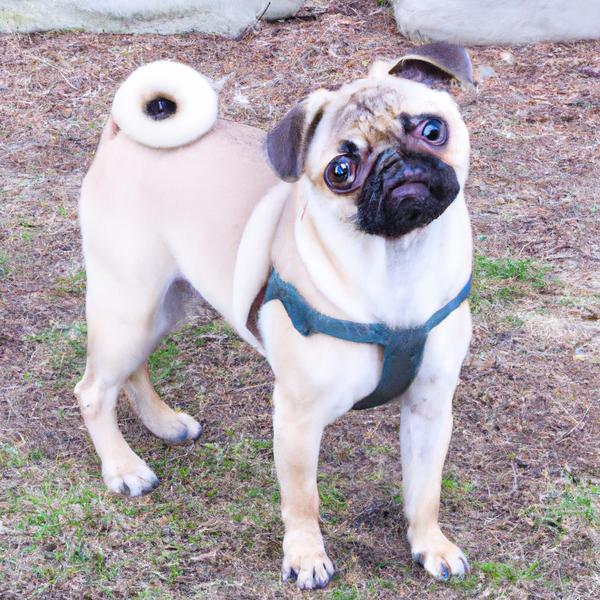
Puggit
Husker vs Puggit
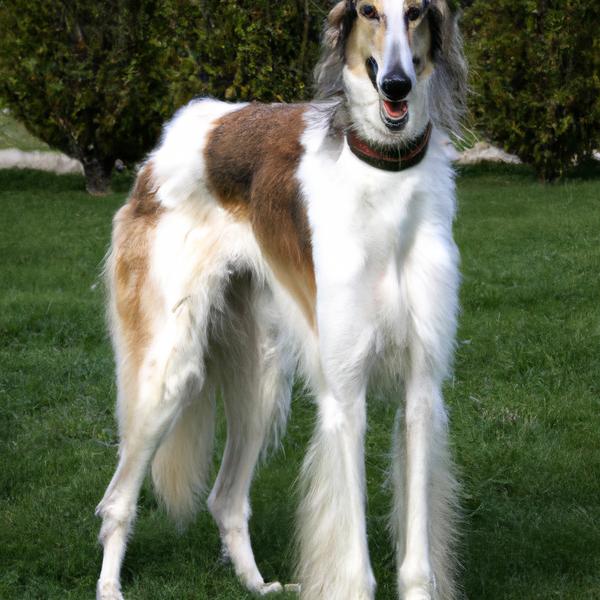
Borzoi
Husker vs Borzoi
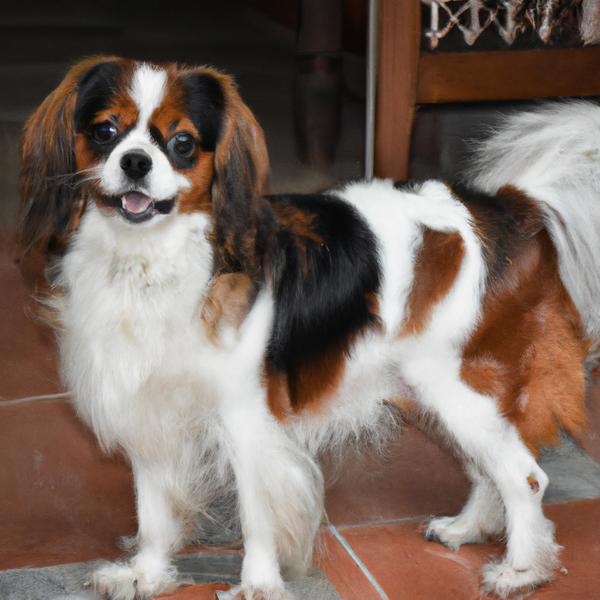
Papeagle
Husker vs Papeagle
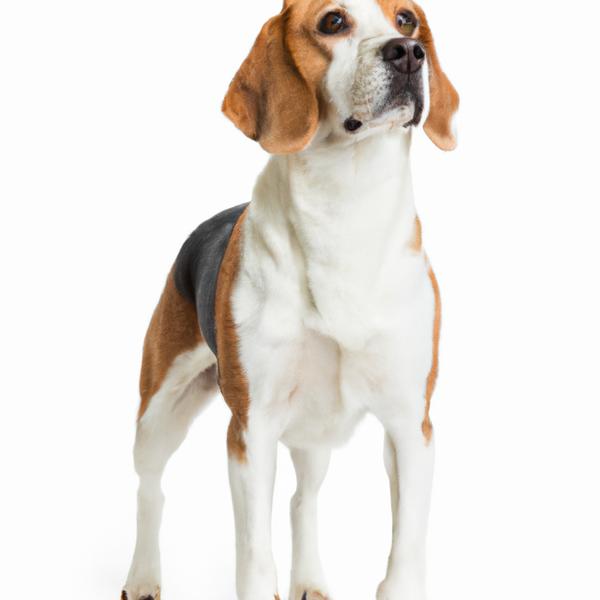
Beagle
Husker vs Beagle

Lhasalier
Husker vs Lhasalier

Rat Terrier
Husker vs Rat Terrier

Weshi
Husker vs Weshi
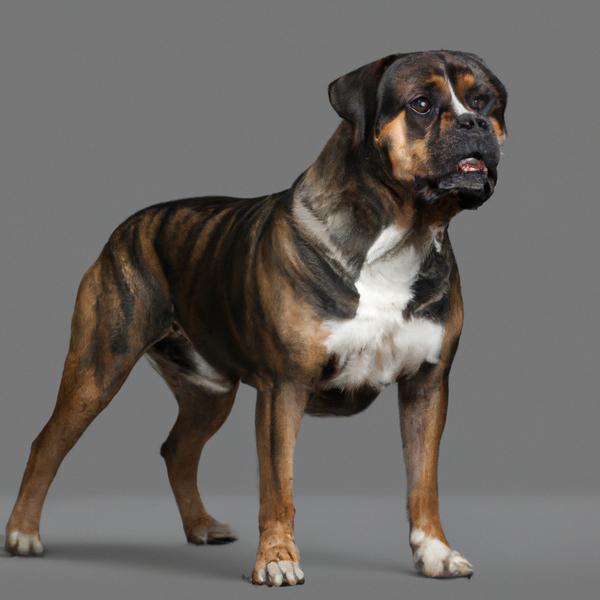
American Bandogge
Husker vs American Bandogge
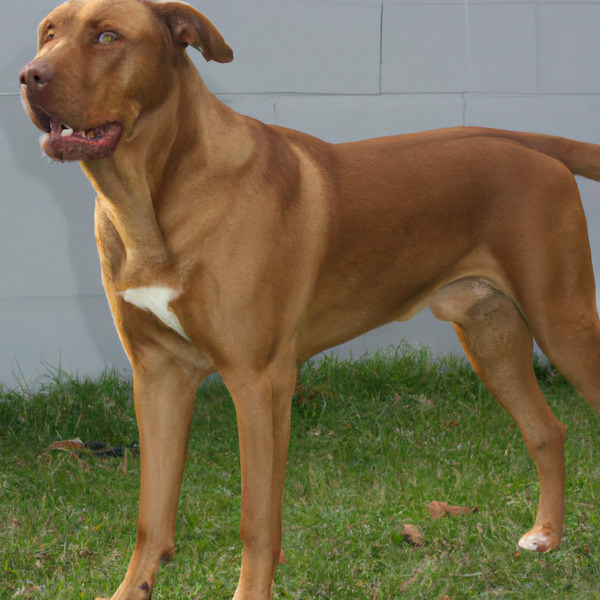
Uruguayan Cimarron
Husker vs Uruguayan Cimarron
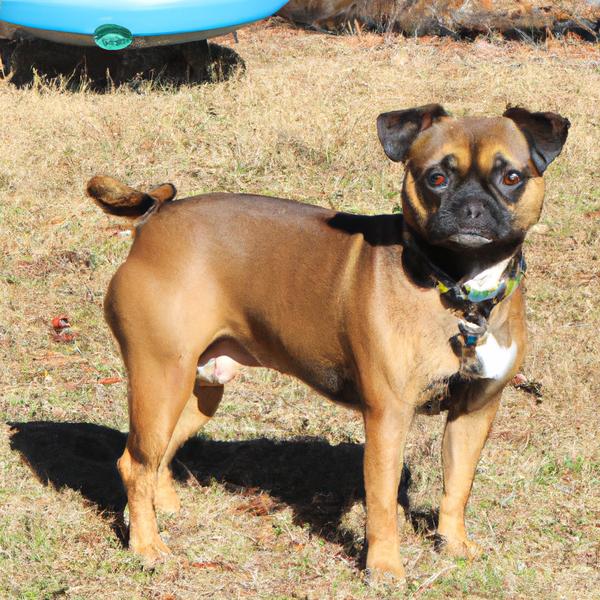
Pug Pit
Husker vs Pug Pit
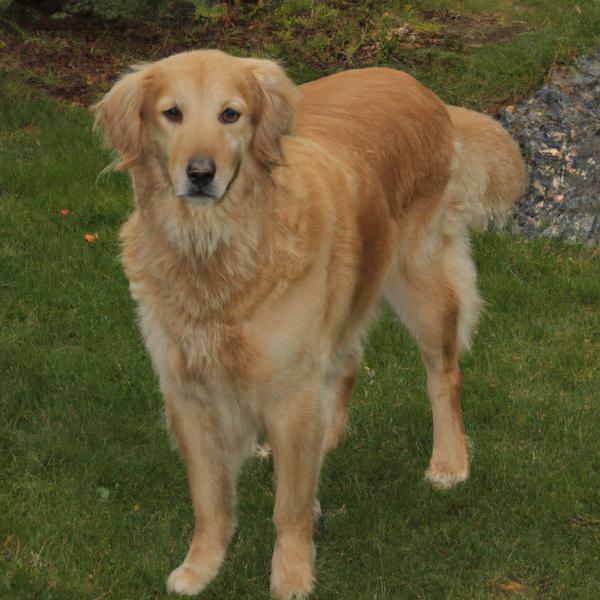
Golden Sammy
Husker vs Golden Sammy
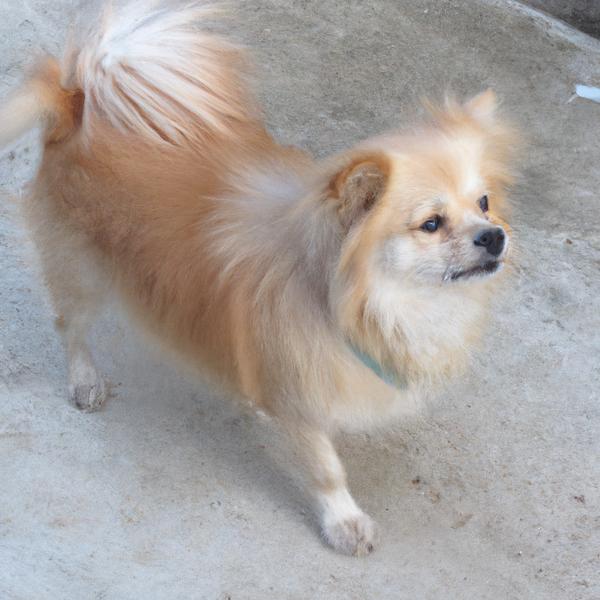
Pitchow
Husker vs Pitchow
